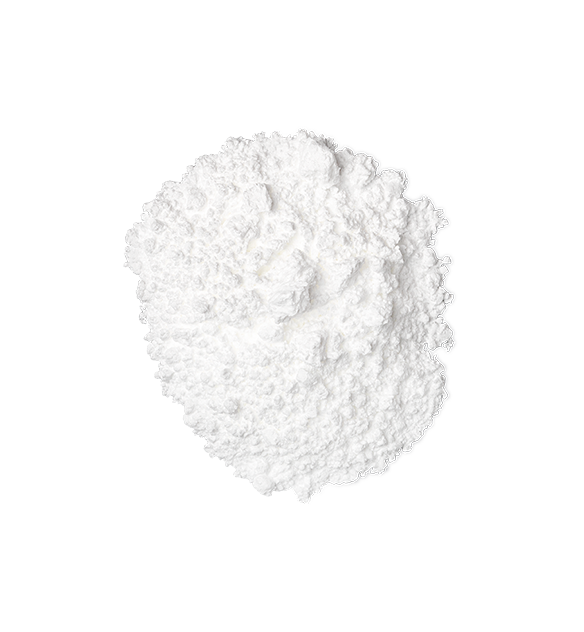
INGREDIENT
Flouride
BENEFITS
We all are worried about our teeth, but we don’t always do anything about it, so… a little fluoride may help!
What is fluoride, and how does it work?
Fluorides are chemical compounds containing fluorine (F), one of the most common elements on earth. Fluorides can be found in soil, sedimentary deposits and rocks, rain, rivers and living beings as they drink water.
The positive effects of fluoride on our teeth health have been studied since the beginning of the 20th century. This is how sodium fluoride (NaF), a salt of fluoride, ended up in most dental products worldwide and has even been added to local drinking water in some places. The compound is indeed widely recommended to remineralise enamel and repair holes. It also limits the ability of bacteria to cause damage, thereby reducing the risk of dental caries (tooth decay).
Where do you get your fluoride?
Because of its positive effect on enamel and tooth decay, there’s a big push for fluoride from parts of the dental industry. This is why some countries add it to the drinking water, increasing the chance of getting fluoride into people’s routines. So, you’re probably getting some but you don’t know about it!
This varies from country to country – as of 2022, over 73% of US residents using public water are covered with a fluoridation system, while in England, it’s only 10%*. In mainland Europe, water fluoridation is much less common. You can usually check with your local water company on the level of fluoride in your water source.
It’s also routinely added to toothpaste and mouthwashes to specifically tackle tooth decay, and some dentists offer fluoride treatments for a more targeted dose.
*Source: Water fluoridation health monitoring report 2022, Office for Health Improvement & Disparities, March 2022.
Lush stance on fluoride in toothpaste
For some, fluoride is controversial. One of the main criticisms is that people who live in a fluoridated area have no choice but to consume fluoride.
At Lush, we think that it’s up to each of us to decide what suits us or not. We see fluoride as one of the tools you can choose from in the toolbox that supports your oral health. However, it doesn’t replace the mechanical process of brushing your teeth and using dental floss or interdental brushes (twice a day, please!) and visiting your dentist and hygienist regularly.
We’d recommend introducing fluoride into your routine when you’ve had a particularly sugary time to help target the increased chance of plaque and decay.
So, will you go with or without fluoride? We’ve got choices! Find your bespoke oral care routine here.

Leave a Reply